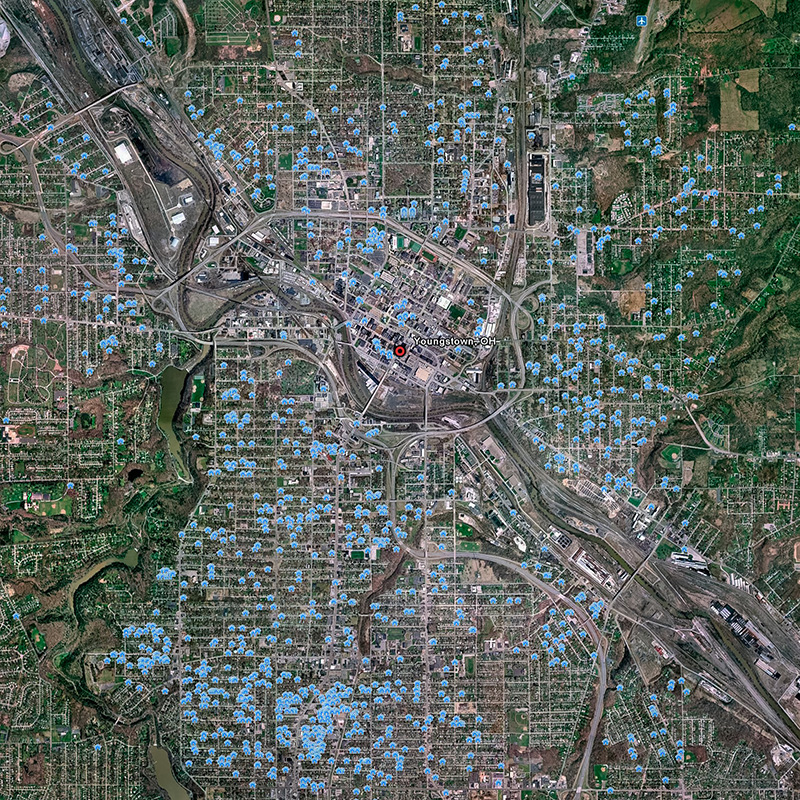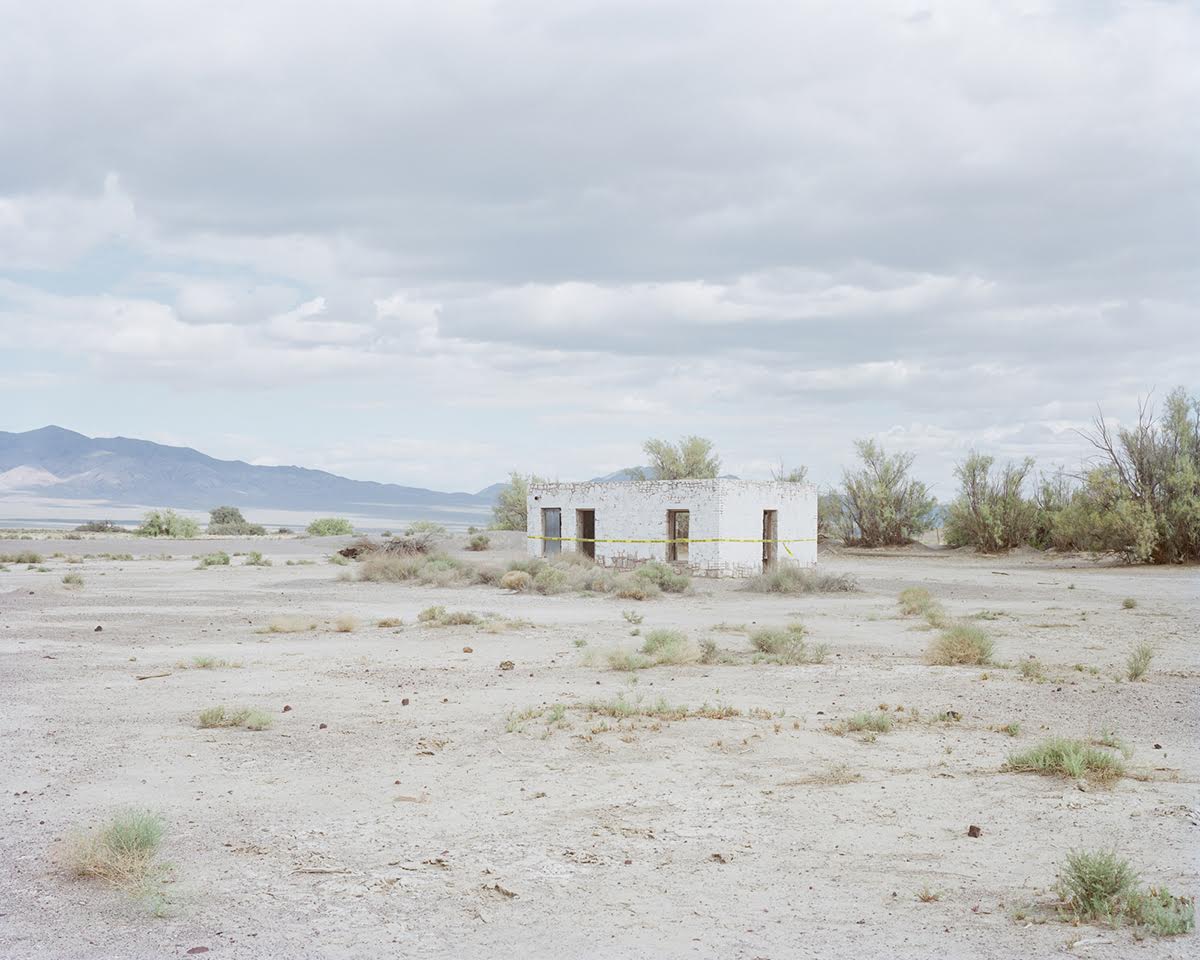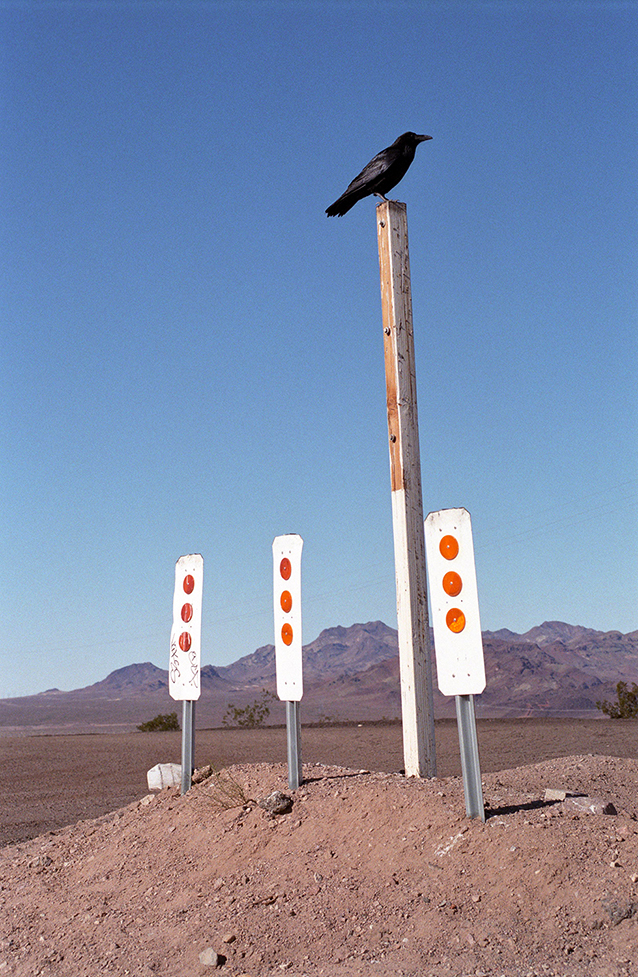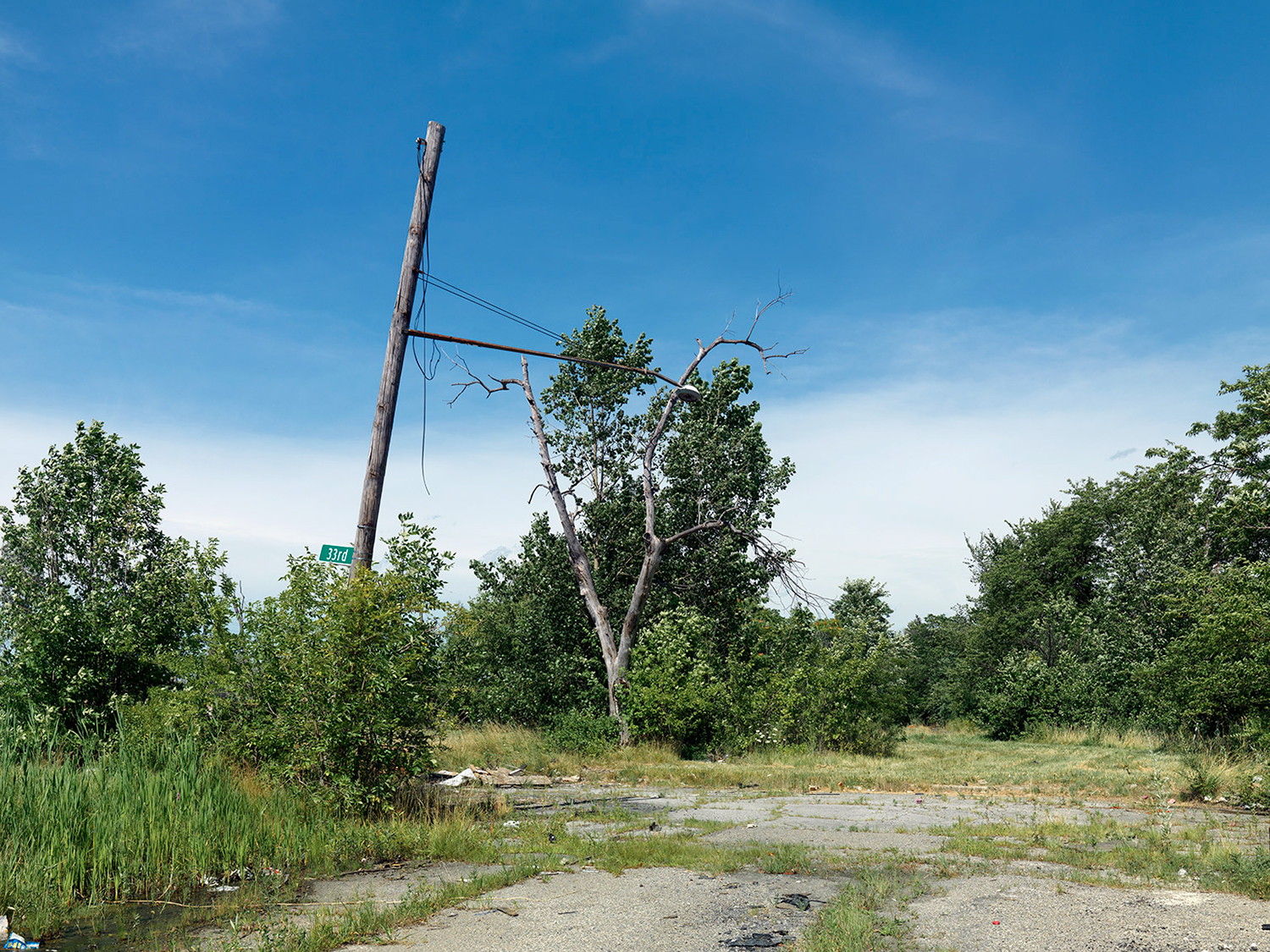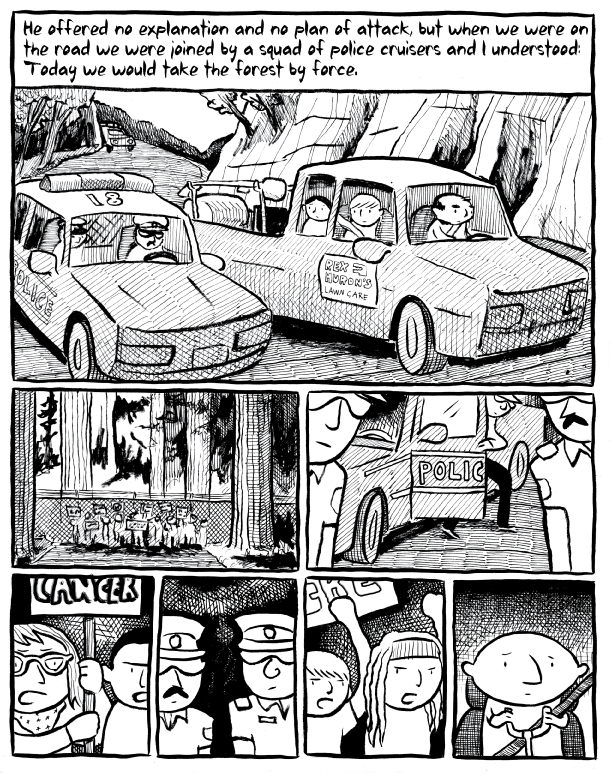Written By: Dylan Morgan
Edited By: Ryan Nemeth
Each morning most Americans walk out to their cars and begin a circuitous commute. Our routes typically include multiple collector streets, highway interchanges, and some degree of frustrating traffic congestion. As a designer, I spend most of my time in traffic wondering how we will ever recover from the past century of urban planning and infrastructure design. If you look back in American history, you find that our modern system of highways and suburban neighborhoods were largely incentivized and designed around a great American product, the internal combustion engine automobile. Now that our cities are filled with car-centric elements such as highways, parking lots and low-density sprawl, how can they be adapted to create a future environment that is less oil dependent, less polluting, and more walkable?
Before we can address our current transportation problems we must understand the DNA of our cities. An abbreviated history of America’s transportation infrastructure goes something like this: In the 1940s, Pacific City Lines (PCL), a subsidiary of General Motors, Standard Oil, and Firestone Tire and Rubber began buying streetcar lines in many U.S. cities and offering to replace them with bus systems. By 1950, PCL had allowed many of the new bus systems to fail and urban residents were left without public transit in most U.S. cities. This process, known as “the Los Angelizing of America,” was the result of a strategy from then GM chairman, Alfred Sloan. Sloan’s strategy and coinciding efforts shifted federal funding away from public transit infrastructure and instead promoted highway construction projects. In the form of the Federal Highway Acts of 1944, 1956, and 1968, the government adopted Sloan’s proposal and began building an elaborate system of highways leading both to and throughout our cities. These new paths for mobility were designed exclusively for the car and they still support a coinciding suburban lifestyle where home life is connected to the rest of our daily needs largely via a singular mode of transportation. It is important to note that this car-centric vision became the standard for urban growth throughout the mid-20th century.
The truth about the efficacy of Sloan’s plan is that America was built within a system of roads and highways that have become inadequate for our current urban needs. With America and the rest of the planet continuing to transition to urban lifestyles, we have largely exceeded our capacity to efficiently add more drivers to the road. It seems that with each increase in the number of vehicle lanes and alternative routes, the traffic levels simply continue to rise and we find ourselves once again stuck in gridlock. The time has come to envision American cities that are sustainable by design and therefore run efficiently. However, without good precedents for repairing our current urban fabric, we find ourselves at a loss for proven solutions.
As our awareness of the true social and environmental cost of driving has increased in recent years, urban designers, myself included, have begun to villainize the car. However, given our current urban fabric, we will likely have to keep our newfound enemy close. In fact, most of our recent innovations in urban mobility have come through technological and business model innovations as applied to the automobile. Services like Uber and Car2go have introduced flexible car sharing models that pair easily with other transit modes and take advantage of our existing infrastructure. Take for example, Google’s automated car and similar crash-prevention systems already installed in many vehicles. These technologies are examples of what I see as a viable solution for our new urban transportation needs. As Americans, we have long tried to reestablish streetcar systems, pedestrian plazas, and bike lanes. However, our low-density urban environments inherently prevent these systems from experiencing the popularity and efficacy found in European cities, for example. Thus, it is implied by both our history and culture that a major shift in transportation will likely still involve the car as means for transportation in urban America.
Perhaps the latest car innovations can provide inspiration for a new American streetscape. One where cars become less of a dominant force and instead serve as the link between other modes of transportation. It is compelling to imagine a city where the presence and role of the automobile is reduced. Hypothetically, this would allow our streets to become; efficient instead of wasteful, free-flowing instead of congested, quiet instead of loud, clean instead of dirty, safe instead of dangerous, and shared instead of owned. As far out as this concept sounds, the technology to achieve this new urban reality already exists and is primed and ready for adoption.
Moving forward, I believe that the efficient movement and mobility of people has to be central to our new vision and strategy for transportation in urban space. After all, our obsession and love for our cars got us into this trouble in the first place. We have allowed the dominance of a single transit mode and the concept of individual car ownership for all to restrict our ability to adapt our cities to contemporary transit needs. If a single transportation method has proved to be inflexible; then certainly a more diverse approach to transit will likely better serve us in this time of urban and environmental flux. With this lesson in mind, let’s turn our attention to the biggest problem of the 21st century, keeping people connected to resources such as jobs, education, food, and shelter in our rapidly growing and fast-moving cities.
As mentioned, I believe that several solutions for improving both the mobility and the livability of urban environments can be supported by a new version of the automobile. However, I am also an advocate for adopting new fuel sources for our vehicles as well as changing the way that we utilize our cars. Personally, I see a bright future in fleets of electric automated cars that can be shared or rented in order to open up access to other modes of transportation. Here is a short list of several benefits that could be gained by utilizing fleets of automated electric cars in our cities:
- Automated cars will solve one of the biggest concerns for urban residents: parking. Without the need to retrieve our privately owned cars from a parking lot, cars will be free to find parking in many of the underutilized spaces within the city. Automobiles will park with unimaginable efficiency. The next car in line will simply be available as needed and each interchangeable with the next. Those with low batteries will return to a charging station in an out-of-the-way location. This new spatial efficiency will accommodate greater density, thus, reducing the need for motor vehicles and increasing the quality of life in the city.
- Automated cars will provide mobility to the elderly, the young and the disabled; while also safely transporting the drunk and the injured.
- Networked cars will prevent congestion by seamlessly merging and redistributing traffic for maximum efficiency. Cars will be customized to respond differently to each neighborhood they travel through. With an awareness of travel delays they will reroute themselves and take better advantage of surface streets. Traveling slow at times and fast at others, networked cars will increase efficiency and safety for all transit modes.
- With the goal of zero fatalities becoming a real possibility, automated cars will safely share the road with pedestrians and bicyclists increasing the space for these alternate modes of travel as well as their popularity.
- Electric cars will eliminate air pollution and reduce noise pollution on the street edge, further benefitting pedestrians and cyclists.
- Automated electric car fleets will be used as large batteries to retain solar power and redistribute energy in times of low sun.
- Shared automated cars will be used as “last mile” vehicles to connect people with other transit options such as pedestrian streets, streetcars and bike share systems.
- Automated vehicles will improve productivity by allowing people to work during their commute. Traveling in an automated car will be an extension of your office or your home. Perhaps even joining you indoors after you arrive at your destination. This will lead to less time-sensitive travel.
- Shared automated vehicles will be a critical part of the public transportation system providing suburban mobility to those unable to afford centralized housing and increasing access to resources such as jobs and groceries.
- Automated highways will provide an alternative to flying, greatly reducing carbon emissions and conserving limited oil resources.
References:
- Dunham-Jones, Ellen. Retrofitting Suburbia. John Wiley and sons. 2011.
- Millard, Bill. Urbicide: selected case studies. In Content, by Rem Koolhaas. Koln: Taschen. 2004. p. 40-43.
- Nelson, Arthur C. Reshaping Metropolitan America: Development Trends and Opportunities to 2030. Washington, DC: Island Press, 1995.
- Safdie, Moshe and Wendy Kohn. The City After the Automobile: An Architect’s Vision. New York: Basic Books, 1997.

